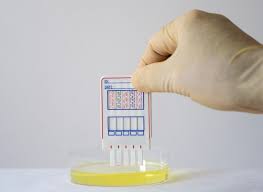Picture yourself out having an evening filled with laughter. All of a sudden the police have a roadblock and the red and blue lights are flashing. So what happens at that stop which intrigues you all the time?

Drug impairment test are really for eliminating bad drivers from the road. They start from a set of breathalysers and go to, well, conventional field sobriety tests. And while still separated, substances such as alcohol and marijuana require different techniques to determine if a person is intoxicated.
Addressing standardised sobriety tests makes one think of walking the line. Imagine one trying hard to accomplish a heel-to-toe walk in a straight line. This is exactly what you would say to yourself if you wanted to walk the line sober as a judge (I’m sure for some, they might look a little wobbley even while they are sober because tightrope walking just isn’t their thing). Simple tasks such as standing, touching your nose, or tracing an object (say a pen) with your eyes sound like easy jobs but when put in the situation could be quite challenging.
On the other hand, the chemical tests are the urine, blood, and breath—the real detectives in the story. Although faster, breathalyzers only find Alcohol. On the other hand, blood tests can tell you the variety of prescriptions and illicit drugs a person swallowed but the process is quite more difficult. Urine testing hardly gives any idea on how current treatment affects impairment; it just tells us if drugs have been taken recently.
Just as technology has evolved over time so has drug testing. Some new ways such as saliva testing have made it easier, given quicker and precise answers. But with every opening like this one, there come the closed doors of its moral and legal implications too.